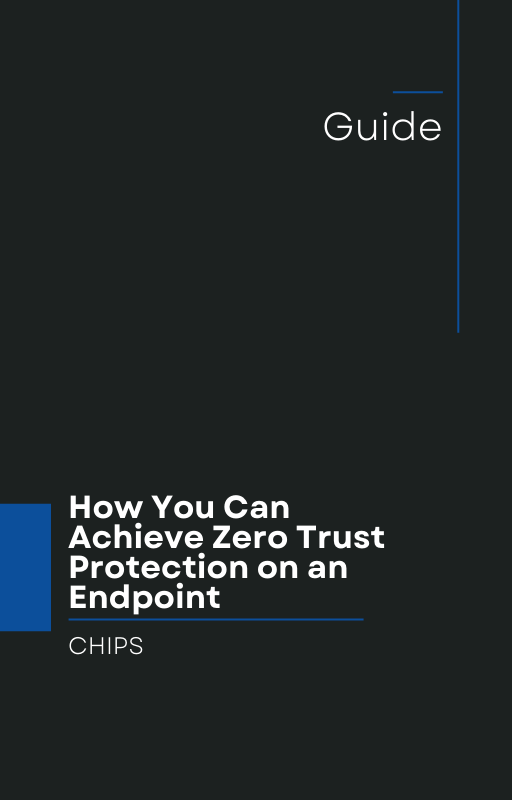In August 2025, a grim milestone was confirmed: the cyberattack on Change Healthcare—UnitedHealth’s tech arm—affected 192.7 million people across the U.S. Reuters What was once estimated at 190 million turned out to be even more colossal as state-by-state totals were updated.
Sensitive information was exposed: member IDs, social security numbers, patient diagnoses, treatment records, insurance billing codes, and much more. The "BlackCat" ransomware group was responsible—underscoring how smart, motivated threat actors can infiltrate even large, regulated healthcare services with massive resources.
What This Breach Teaches Us
-
Scale & Scope
When one system falls, it can have cascading effects. A single breach in a tech unit can cascade to impact hundreds of millions. The UnitedHealth incident shows that organizations with enormous customer bases or interconnected systems are especially at risk. -
Limits of Detection and Response
Most cybersecurity approaches—even solid ones—focus on detecting an attack, identifying unusually-looking behaviour, then responding. That sequence can be too slow. Attackers often gain access long before they act on data. By then, damage is already in motion. -
Value of Proactive Containment
Preventing a breach once detection has failed is difficult. But isolating threats so they can’t spread—and containing them so the blast radius is limited—can turn a full-scale disaster into a manageable incident. -
Collateral & Trust Costs
Loss of trust, regulatory sanctions, remediation costs, public relations fallout—these exceed direct monetary losses. When nearly 200 million people are compromised, these downstream consequences are huge. -
Regulatory Pressure is Real and Increasing
Laws governing data protection, breach reporting, and privacy are tightening ever more. After such breaches, regulators and patients alike demand proof that organizations did more than “we didn’t detect it earlier.” They want evidence of robust preventive controls.
A Better Strategy: Isolation and Containment
To truly reduce risk, businesses must shift from “Detect and Respond” to “Isolation and Containment.” Rather than hoping to spot attackers early (which can fail), the goal is to design systems so that:
-
If malware or malicious code appears, it is isolated—i.e. prevented from interacting with sensitive assets.
-
Threats are contained—limited in what they can affect, even if they breach the initial defenses.
This approach shrinks the impact when the unexpected happens.
Why AppGuard Works—and Why It Matters
-
Proven maturity. AppGuard has over a 10-year track record successfully isolating threats in real environments.
-
Zero-trust in practice. It doesn’t just trust what’s "known" or authorized—it enforces strict containment policies so even unknown or mis-used processes are tightly controlled.
-
Minimal reliance on detection heuristics. Because isolation is a primary line of defense, there's less dependence on spotting suspicious behaviour after it has already started.
-
Low attack surface. By limiting what each application or process can do, lateral movement (attackers moving deeper) is prevented.
-
Reduced risk of data exfiltration even when attackers gain entry. Containment limits what an attacker sees or touches.
For dozens of enterprise clients, especially in sensitive sectors (like healthcare, finance, critical infrastructure), AppGuard has prevented incidents that could otherwise have become UnitedHealth-scale breaches.
What Businesses Should Do Now
-
Audit risk exposure. If you're managing sensitive personal data, particularly in industries with significant regulatory oversight, assess how a breach would impact you—not just technically, but reputation-wise and financially.
-
Map entry points & dependencies. Which third-party vendors, which internal applications, which privileges could allow attackers to move sideways?
-
Adopt isolation and containment tools. Don’t wait for unusual logs to show up. Employ defensive technologies that limit what an attacker can do the moment they appear.
-
Test regularly. Ensure that containment measures are effective, that nothing critical is being bypassed.
-
Make cybersecurity part of culture & leadership. From the boardroom down, prioritize preventive controls. Don’t treat incident response as enough.
Call to Action
At CHIPS, we believe businesses must go beyond detect-and-respond. The UnitedHealth breach shows what happens when detection is late or containment is weak. If you’re a business owner responsible for protecting customer data, now is the time to evaluate AppGuard—a mature, proven endpoint protection solution built for isolation and containment.
Talk to us at CHIPS about how we can help you:
-
Protect your endpoints from ransomware and data theft
-
Limit the blast radius of attacks
-
Move proactively from reacting to containing
Don’t wait until your organization is the next headline. Let’s make sure your data, your customers, and your reputation are safe. Reach out today to explore how AppGuard can prevent this kind of incident.
Like this article? Please share it with others!

September 16, 2025

Comments